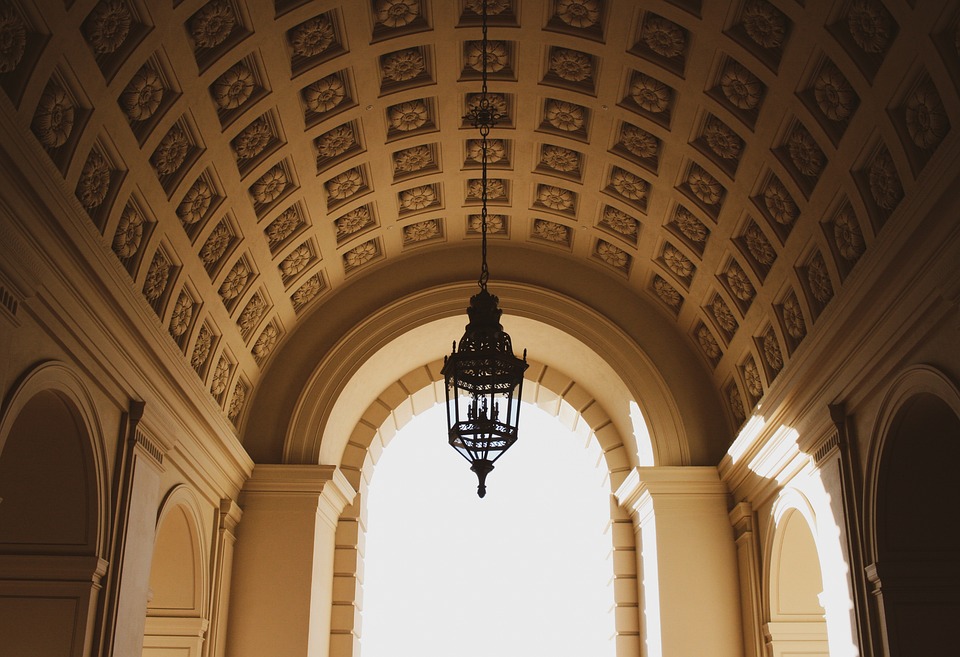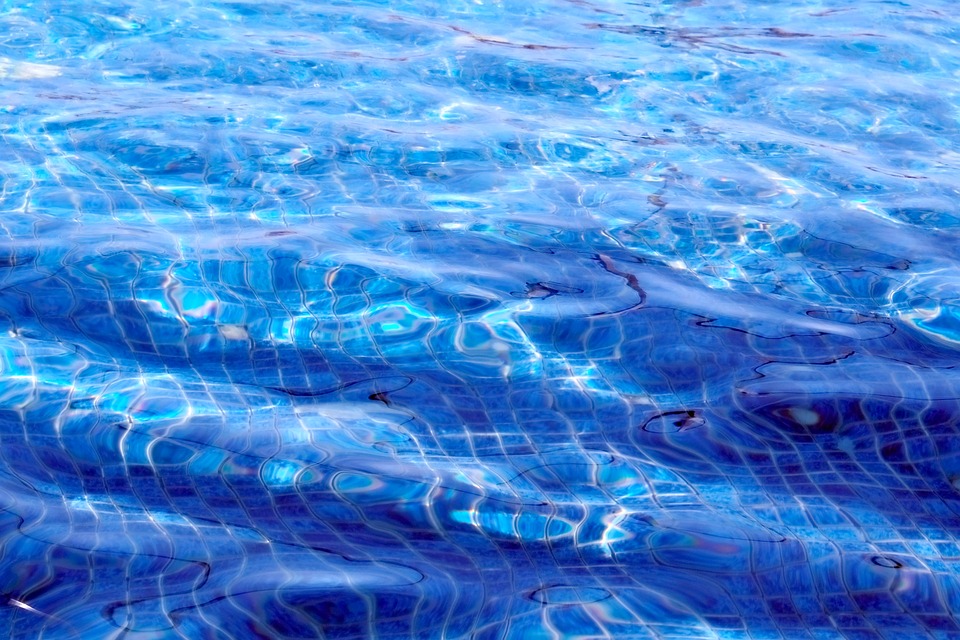Curiosity and creativity are two essential qualities that are intricately linked. Curiosity is the spark that ignites the creative process, driving us to explore, discover, and invent. Creativity, on the other hand, is the ability to generate novel and original solutions to problems. In this article, we will delve into the connection between curiosity and creativity and provide tips on how to cultivate both.
The Link Between Curiosity and Creativity
Curiosity is a natural inclination to explore and learn. It is the desire to understand the unknown, to question the status quo, and to push boundaries. When we are curious, we are more likely to ask questions, seek out new information, and challenge existing assumptions. This curiosity-driven mindset sets the stage for creativity to unfold.
Creativity, in turn, requires a willingness to take risks, experiment with new ideas, and think outside the box. Curiosity fuels creativity by encouraging us to explore new possibilities, challenge norms, and seek out novel solutions to problems. When we are curious, we are more likely to be open-minded, adaptable, and receptive to new ideas, making it easier to generate creative solutions.
Why Curiosity is Essential for Creativity
- Encourages experimentation: Curiosity drives us to test new ideas, try new approaches, and push the boundaries of what is possible. Experimentation is a key component of the creative process, and curiosity provides the motivation to engage in it.
- Provides a fresh perspective: When we are curious, we are more likely to approach problems from a new angle, question assumptions, and challenge conventional thinking. This fresh perspective can lead to novel solutions and innovative ideas.
- Boosts creativity: Curiosity stimulates creativity by encouraging us to think outside the box, generate new ideas, and explore alternative solutions. When we are curious, our minds are more open to new possibilities and creative connections.
- Fosters a growth mindset: Curiosity develops a growth mindset, which is essential for creative progress. When we are curious, we are willing to learn, adapt, and evolve, acknowledging that our knowledge and skills are not fixed.
How to Cultivate Curiosity
- Ask questions: Pose questions to yourself and others, challenging assumptions and seeking out new information. Questions can lead to new discoveries and insights, fueling curiosity and creativity.
- Seek out new experiences: Engage in new activities, travel to new places, and try new things. Novel experiences can spark curiosity and inspire new ideas.
- Read widely and often: Reading exposes us to new ideas, perspectives, and ways of thinking, which can stimulate curiosity and creativity. Be open to different genres, topics, and authors.
- Practice mindfulness: Mindfulness helps us stay present and focused, increasing our awareness of the world around us and sparking curiosity about the unknown.
- Take calculated risks: Step out of your comfort zone and take calculated risks, pushing yourself to try new things and explore uncharted territory.
How to Cultivate Creativity
- Set aside dedicated creative time: Schedule time for creativity, free from distractions and interruptions, allowing yourself to focus on your ideas and pursuits.
- Practice brainstorming: Generate a large number of ideas without judgment, allowing yourself to explore possibilities and connections.
- Look for patterns and connections: Notice patterns, relationships, and connections between seemingly disparate ideas, fostering creative insights and novel solutions.
- Embrace failures and setbacks: View failures as opportunities to learn and grow, rather than obstacles to creativity.
- Find inspiration in others: Surround yourself with creative people, art, literature, and music, which can stimulate your own creative potential.
Conclusion
Curiosity and creativity are intertwined, with curiosity serving as the spark that ignites the creative process. By cultivating curiosity, we can unleash our creative potential, drive innovation, and make meaningful contributions to the world. Remember to ask questions, seek out new experiences, read widely, practice mindfulness, and take calculated risks to foster curiosity. Furthermore, set aside dedicated creative time, brainstorm freely, look for patterns and connections, embrace failures, and find inspiration in others to stimulate your creativity. By embracing both curiosity and creativity, you can unlock your full potential and achieve unparalleled success.


